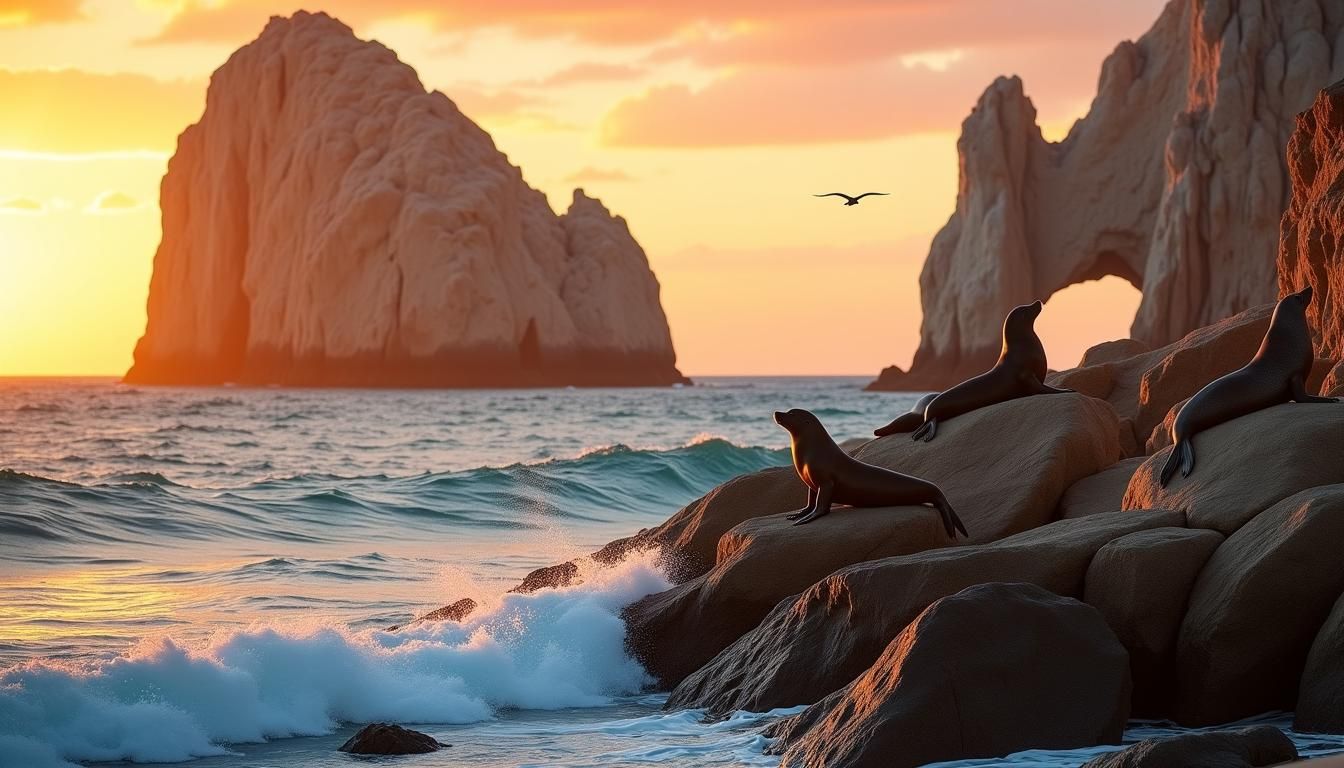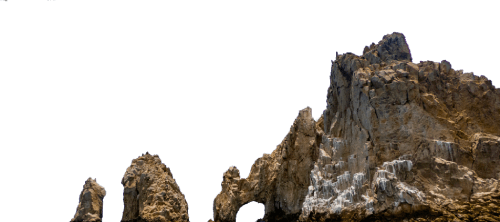
Cabo San Lucas is a paradise where desert landscapes meet the sparkling Sea of Cortez, and few experiences capture its wild beauty like encountering sea lions at Land’s End. As the team at Mucho Cabo knows, this iconic rocky peninsula offers more than postcard-perfect views of the Arch and Lover’s Beach—it’s a gateway to observing one of Baja’s most charismatic marine residents. Here’s how to make the most of your sea lion adventure while respecting these incredible creatures and their habitat.
Land’s End, the southernmost tip of the Baja Peninsula, is part of the Cabo San Lucas Marine Reserve, a protected area teeming with marine biodiversity. The rocky outcrops and nutrient-rich waters create an ideal habitat for California sea lions (Zalophus californianus), which gather here in colonies to bask, breed, and socialize.
Key spots to look for sea lions include:
- Pelican Rock: A prime snorkeling and diving site where sea lions often swim alongside humans.
- The Sea Lion Colony: Located near the Arch, this cluster of rocks is a favorite haul-out spot for dozens of sea lions.
- Lover’s Beach: While swimming here is discouraged due to strong currents, boat tours often pause nearby to observe sea lions on offshore rocks.
Timing is everything when planning your sea lion adventure. Based on local marine biologists and tour operators:
- November to April is the optimal window. Cooler water temperatures (68–75°F) attract abundant fish, drawing sea lions closer to shore. This period also overlaps with whale watching season, letting you combine two iconic marine experiences.
- Avoid June–August: Mating season makes males territorial and aggressive. Swimming or snorkeling near sea lions is restricted during these months for safety.
Pro tip: Morning tours (9–11 AM) are ideal, as sea lions are most active after sunrise.
To appreciate these animals fully, it helps to know their habits:
- Social dynamics: Colonies are led by a dominant male (“bull”) who guards a harem of females. Younger males often form bachelor groups nearby.
- Playful nature: Juveniles are especially curious—they might zoom past snorkelers or playfully nibble at flippers (though touching them is strictly off-limits).
- Feeding patterns: Sea lions hunt sardines, squid, and anchovies in groups, often herding fish into “bait balls” for easy feeding.
Safety note: While sea lions are generally non-aggressive outside mating season, always maintain a 10-foot distance. Never feed them or block their path to the water.
For a safe and educational experience, consider these Mucho Cabo-approved tours:
To protect Cabo’s sea lions (and yourself), follow these guidelines:
1. No feeding: Human food disrupts their natural diet and can make them dependent on tourists.
2. Avoid flash photography: Sudden bright lights can startle them.
3. Respect restricted zones: Breeding areas are off-limits June–August.
4. Choose eco-certified tours: Look for operators adhering to NOM-131-SEMARNAT-2010, Mexico’s wildlife interaction standards.
While sea lions are the stars, Land’s End offers more to explore:
- Whale watching: Humpback and gray whales pass through December–April.
- Sunset cruises: Many include a champagne toast near the Arch.
- Kayaking: Paddle to hidden coves while keeping an eye out for sea lions on nearby rocks.
Spotting sea lions at Land’s End isn’t just a checklist item—it’s a chance to witness Cabo’s untamed spirit. As Mucho Cabo always emphasizes, the magic of this region lies in its ability to blend adventure with ecological mindfulness. By visiting responsibly, you’re helping ensure future generations can marvel at these playful pinnipeds too.
Ready to plan your trip? Check out our Cabo Marine Wildlife Calendar for the best times to visit.
